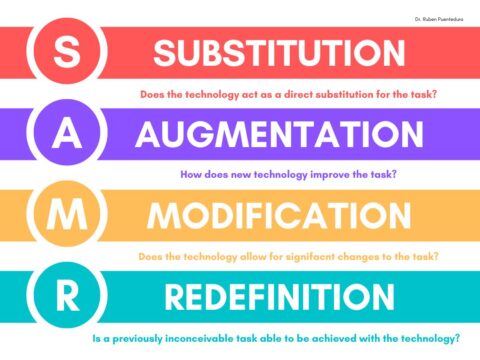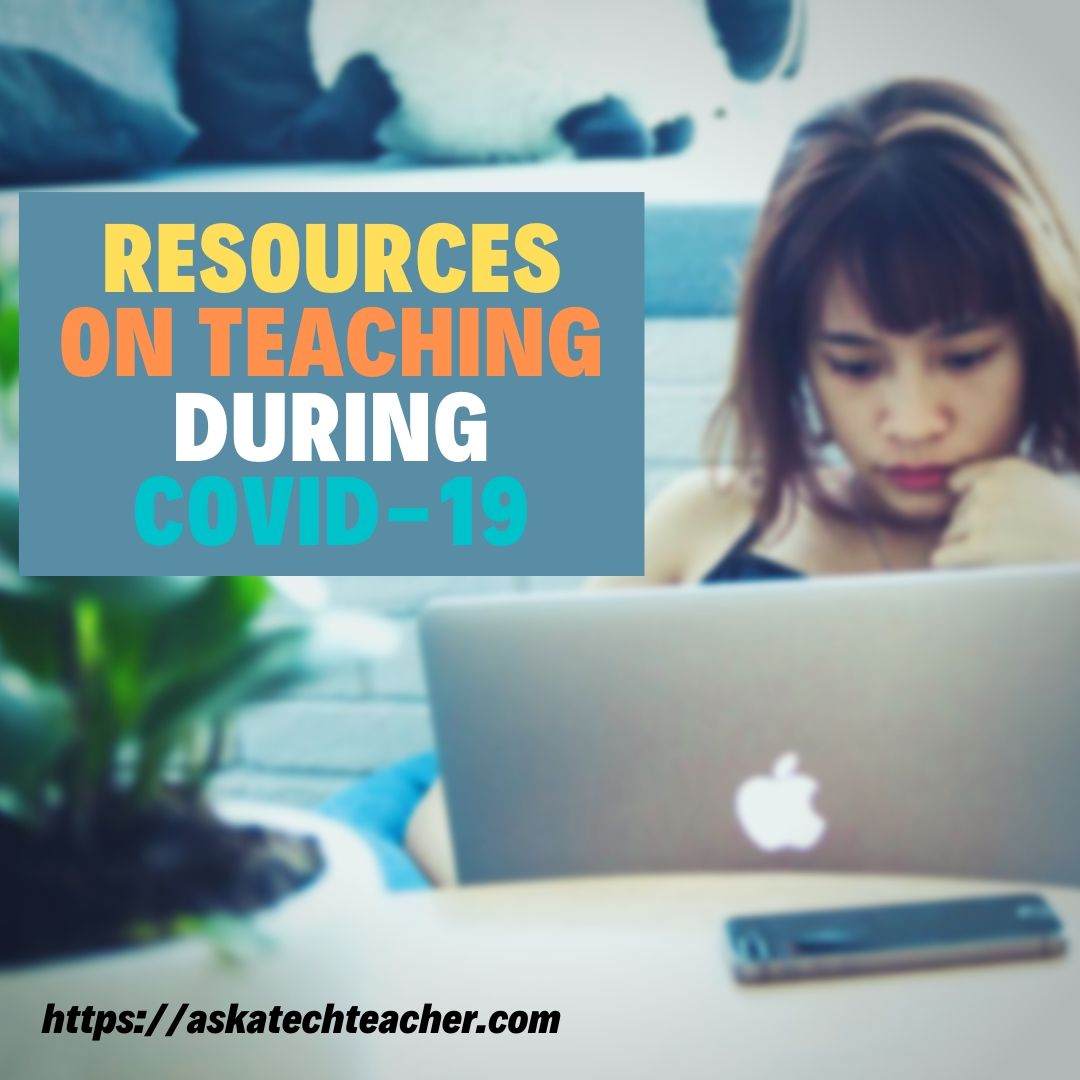 Assessing student learning traditionally is accomplished with tests. The problem teachers have with this approach is managing them. If they’re short answer or essay — the preferred way to check understanding — grading takes a long time. And unless assessments are frequent, it’s easy to miss the student who is lost or just doesn’t get it. Even with the advances technology offers in responding directly to students, it can be too time-consuming for large classes.
Assessing student learning traditionally is accomplished with tests. The problem teachers have with this approach is managing them. If they’re short answer or essay — the preferred way to check understanding — grading takes a long time. And unless assessments are frequent, it’s easy to miss the student who is lost or just doesn’t get it. Even with the advances technology offers in responding directly to students, it can be too time-consuming for large classes.
A solution that has become popular is peer feedback. This isn’t new; in fact, it is prevalent in universities. What exactly is peer feedback and how is it being applied to lower grades?
What is peer feedback?
When used as an assessment strategy, peer feedback is much more than casual comments shared between classmates. It is the logical evaluation of one student’s work by another using predetermined characteristics and measures. Through the implementation of a prescribed rubric, a student’s classmate looks at their work and determines if it satisfies the goals of the lesson, the Essential Questions, and the Big Ideas.
One important difference from teacher evaluations is that students don’t grade each other.
Why peer feedback?
Peer feedback has become popular as teachers move to a “teacher-guide” model of education rather than a “teacher-lecturer”. When the time comes in a lesson to assess student learning, instead of a formal test in a quiet room with a clock ticking, teachers employ a system of peer feedback. For many, this is more effective, less stressful, and maintains the goal of encouraging lifelong learners. Sometimes, this is an excellent way to address school budget cuts, large classes, and the burden of too many pieces to be graded. Other times, teachers employ this method because not only the one being reviewed benefits but so too does the reviewer as they must know what the lesson is about to effectively review classmates. As a pedagogical strategy, it teaches critical thinking, one of those traits that is hard to teach but essential to being a productive adult.
A second benefit of peer feedback is that it is more immediate than teacher feedback. Students are usually asked to review work during class time using a teacher-provided rubric, finishing before the class ends. Students receive their work back while it is still fresh in their minds, while their enthusiasm for the topic is still high.
A third benefit is one everyone will recognize. Like most of us, students learn best by teaching. They must understand the topic deeply and know how to dig into the details, even those that came easily for them. Peer feedback is a second cousin to teaching and almost as effective in solidifying understanding of a topic.
The fourth and final reason for peer feedback is specific to writing classes. When students write knowing a classmate will review it, they reject the mindset that they are writing for the teacher. If they write what the teacher wants to hear, their classmate will not be satisfied. Since a student learns writing skills not to satisfy a teacher but to benefit their future life goals, this approach is much more beneficial. Sure, it requires a shift in mindset, by both student and teacher, but the result in improved writing skills is worth it.
Students will face peer feedback often when they leave school. Becoming adept at giving and receiving it will help them to negotiate diplomatically, work collaboratively, and justify their point of view. It is one of many non-academic skills that students need to become high-functioning adults.
How does this work?
When rolling out a program of peer feedback, let students know up front that classmates aren’t grading their work — that’s still the teacher’s job. The peer feedback process is not to judge, rather to provide helpful suggestions that improve the individual work product.
Start by teaching students the mechanics of peer feedback. It isn’t an emotional response that includes words like, “This is great” or “I don’t get it” or “Here’s how you should say that…”. Students are expected to provide neutral feedback based on standards, guidelines, a rubric, or another tool provided by the teacher. These are objective (hence the lack of emotional responses), defensible, and evidence-based, using the student work as the source of comments. Peer feedback is about supporting and learning, not criticizing. Each peer review should include positives and shortfalls in equal amounts.
Here how to roll out a peer feedback program:
- Let students know at the beginning of the lesson that they will be peer reviewing each other’s work.
- Remind them to take it seriously. Remind yourself of that, also. You aren’t doing this to save yourself work, rather to authentically teach students critical thinking.
- Create a rubric that students will use to assess classmates. Consider involving students in creating this rubric so they take ownership.
- Make the peer reviewer anonymous.
- Spot check submitted peer feedback for quality — does it follow the rubric? Is it a balanced review? Does the reviewer understand their purpose and goal?
- Occasionally, add your own comments.
Two Myths about peer feedback
The value of feedback is proportional to the expertise of the reviewer. Not true. Many ignore peer feedback because they believe it to be amateur comments, that the only meaningful feedback comes from the teacher. Experience and research don’t bear this out. In fact, timely thoughtful feedback is as important as who gives it. If a teacher provides excellent ideas but weeks after the work was submitted, most kids ignore it, thus learning nothing for the teacher’s efforts.
Teacher feedback ends. Not true. Done right, peer feedback supplements rather than replaces teacher feedback. What students get is timely nonjudgmental input on their work.
Tools for peer feedback
Peer feedback can be accomplished by passing a completed paper to the right (not necessarily effective but popular); by collecting work, whiting out names, and submitting to student reviewers (really — way too time-consuming for teachers); or lots of different ways. If you are interested in trying it, here are five approaches in random order. Some will be familiar while I’m sure at least one will be new:
- C3B4ME — this is a common strategy most teachers use in some form that requires students to discuss their work/question with three peers before approaching the teacher. C3B4ME is short for “see three before me”.
- Google Apps — the popular Google Apps — Sheets, Docs, Slides — make it easy to collaborate with classmates on a project. It is also an easy way to implement peer feedback. All students need to do is share their completed document with their peer reviewer. Of course, this isn’t anonymous so that should be taken into account.
- Peergrade — this is a freemium webtool that automates the process of peer feedback by collecting student work, anonymously assigning peer reviewers, and then returning the peer-reviewed-work to the creator.
- Plus, minus, what’s next — this approach requires that students comment on what was done well in a classmate’s work, point out a misconception/misunderstanding, and then suggest a strategy for next steps.
- Two stars and a wish — this approach is suitable for those new to peer feedback. Students pair up and are asked to write two positive comments (stars) and one constructive comment (wish) about another student’s work.
— published first on TeachHUB
More on peer feedback
Alice Keeler’s Peer Review template
Peer Feedback in the Classroom is a 199-page ASCD book on implementing peer feedback
Jacqui Murray has been teaching K-18 technology for 30 years. She is the editor/author of over a hundred tech ed resources including a K-12 technology curriculum, K-8 keyboard curriculum, K-8 Digital Citizenship curriculum. She is an adjunct professor in tech ed, Master Teacher, webmaster for four blogs, an Amazon Vine Voice, CSTA presentation reviewer, freelance journalist on tech ed topics, contributor to NEA Today and TeachHUB, and author of the tech thrillers, To Hunt a Sub. You can find her resources at Structured Learning.




































